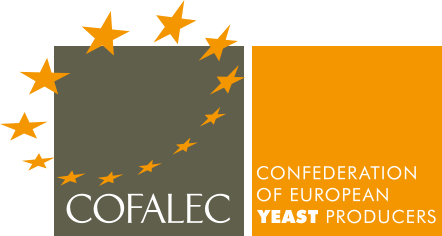Yeast is a single-cell fungus used for fermentation in the bread-making process. Today, bakers worldwide use a strain of Saccharomyces cerevisiae to make bread. Yeast in bread is used as a leavening agent, meaning it metabolizes the sugar molecules in the dough, converting them into carbon dioxide gas and alcohol. The produced gas makes the dough structure lighter (“rise”).
Sourdough is a bread product that also contains yeast. Sourdough is the result of a long fermentation with a starter, consisting of a mixture of yeast, lactic acid bacteria, flour and water. The presence and action of the lactic acid bacteria will give the final product a characteristic slightly acidic taste.
Both yeast and sourdough give a specific flavour, taste and texture to the final product. Baking with yeast permits the baker to efficiently use a stable and process-tolerant fermentation agent in the dough before putting it in the oven. Yeast also allows precise monitoring, which is more complex with sourdough. This means that sourdough bread will require longer proofing than bread made with yeast.
